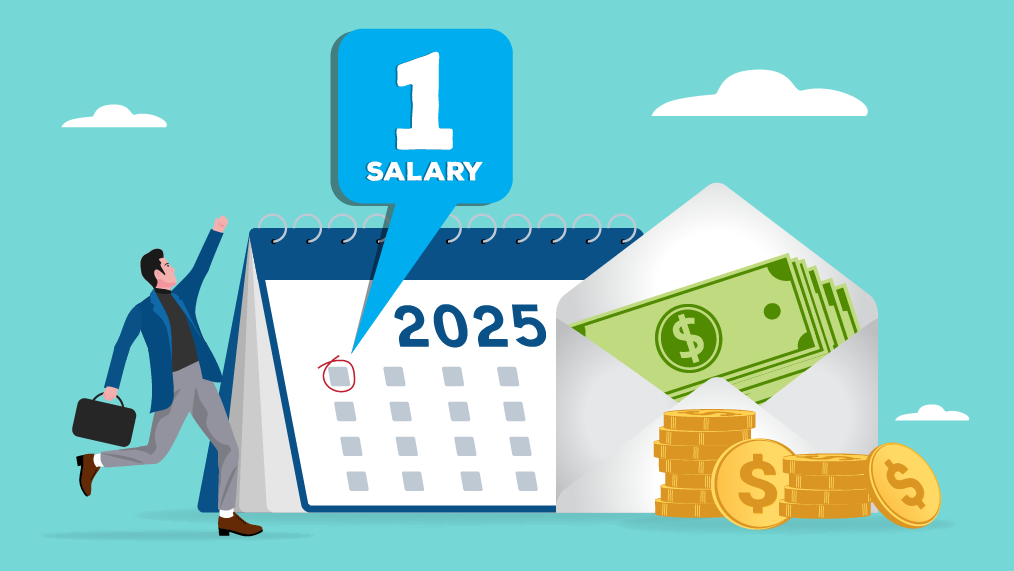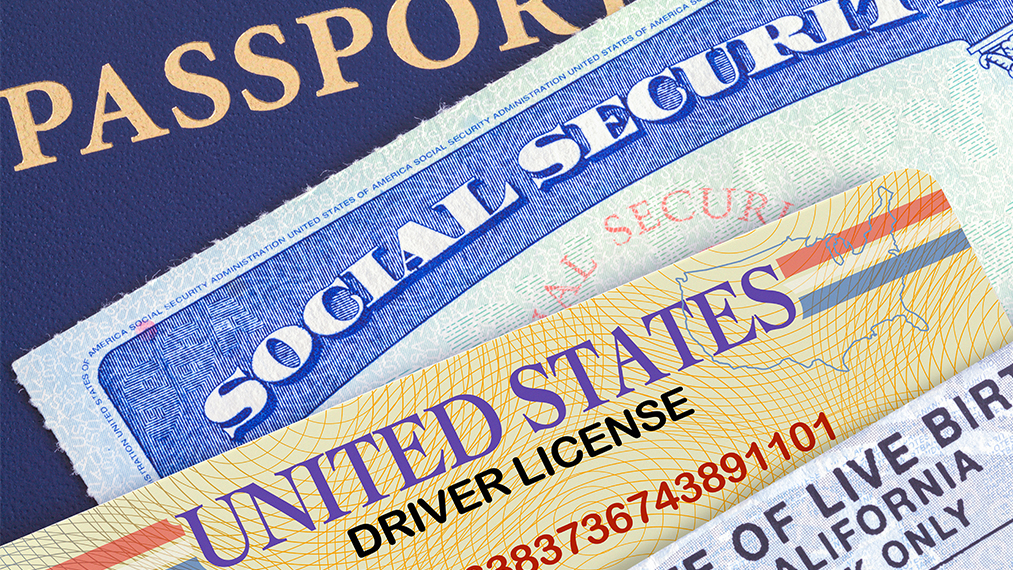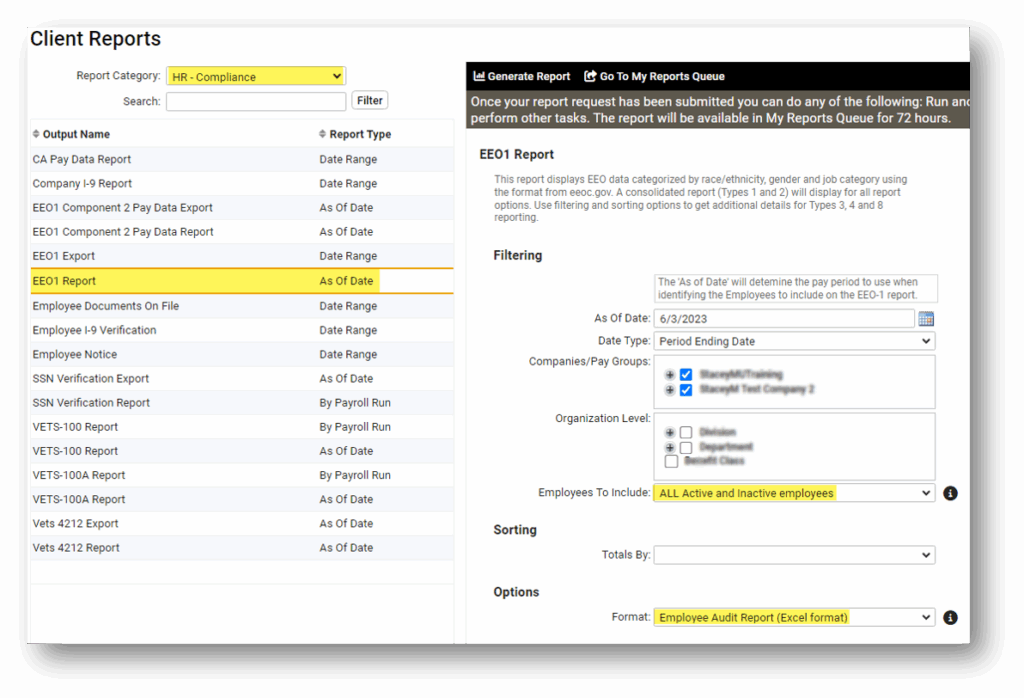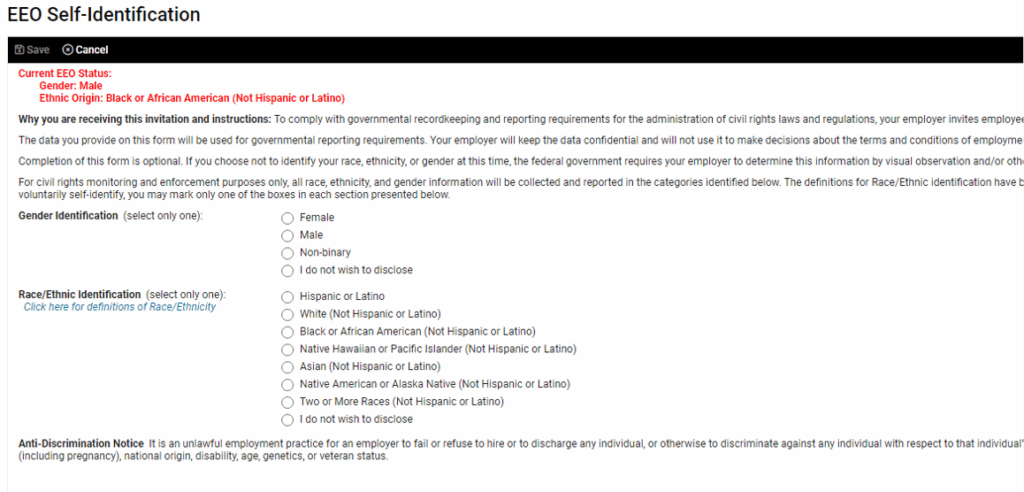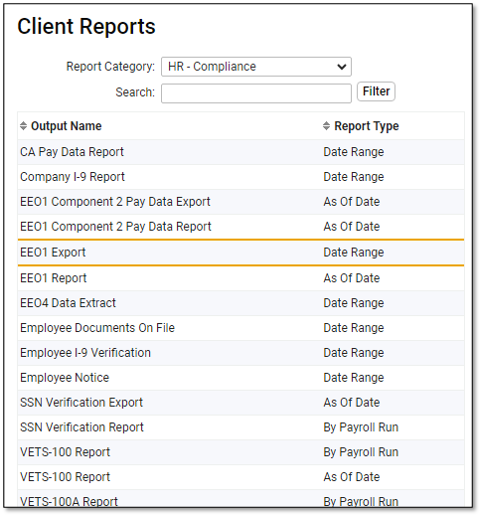Beginning Jan. 1, 2026, Minnesota will become the thirteenth state to implement a statewide Paid Family and Medical Leave (PFML) program. This initiative is designed to support employees during significant life events, such as bonding with a new child, recovering from a serious illness or caring for a loved one, while providing partial wage replacement and job protection.
With the launch date approaching, employers should begin preparing now to help ensure compliance and support their workforce effectively.
What sets Minnesota’s PFML apart?
- Inclusive coverage: It applies to nearly all workers, including part-time and seasonal employees.
- Flexible leave options: Employees may combine medical and family leave for up to 20 weeks per year.
- Generous wage replacement: This will be among the highest in the nation, with up to 90% of wages replaced.
- Universal application: Unlike the Family and Medical Leave Act (FMLA), PFML applies to all employers, regardless of size.
Key employer responsibilities
Premium collection begins January 2026
Employers must determine how to split the 0.88% payroll tax with employees. This contribution funds the PFML program and will be processed through the Minnesota Unemployment Insurance (UI) system, which most employers already use.
Quarterly wage reporting starts Q1 2026
Employers must generate the wage detail report and submit via the Minnesota Department of Employment and Economic Development UI portal. Each report must include:
- Employee names.
- Social Security numbers.
- Wages paid.
- Hours worked.
Employers not currently covered by UI (e.g., nonprofits or religious organizations) must create a “Paid Leave Only” account to comply.
Important notes
- All employees must be included in PFML wage reporting, even if only some are covered under UI.
- Premium deductions must begin Jan. 1, 2026, based on reported wages.
Employee communication deadline: Dec. 1, 2025
Employers are required to distribute PFML notices to employees by Dec. 1, 2025. These notices should explain:
- Available benefits.
- Eligibility criteria.
- How to apply for leave.
Internal communications teams should begin drafting materials now to help ensure clarity and compliance.
Leave administration planning
Employers should review and update internal leave policies to coordinate PFML with existing programs such as FMLA and short-term disability. Minnesota’s PFML allows:
- Up to 12 weeks of medical leave.
- Up to 12 weeks of family leave.
- A combined maximum of 20 weeks per benefit year.
With less than four months remaining before the initial employee notices are required, employers may consider the following actions:
- Finalize payroll tax strategies.
- Prepare wage reporting systems.
- Communicate clearly with employees.
- Align internal leave policies with PFML requirements.
For ongoing updates and official guidance, visit Minnesota’s official PFML site at mn.gov/deed/paidleave.




